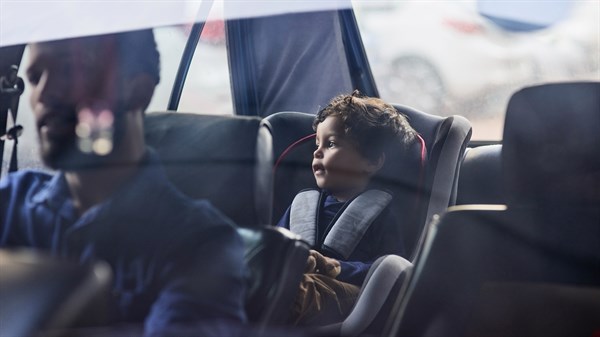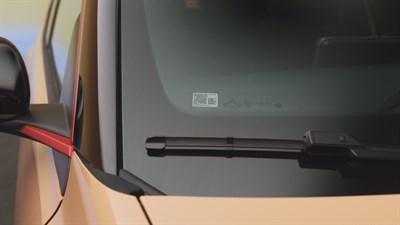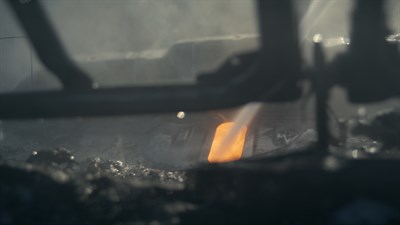RESTRAINT SYSTEMS DEVELOPED BY RENAULT
On some Renault vehicles, 3 seats are equipped with Isofix attachments providing 4 times more effective protection for children.
30%
of children fastened in correctly
10%
of children not fastened in
10%
of children not fastened in
15%
of children attached with an Isofix device
*than a system with a seat belt
Fix4sure

what is the Fix4sure solution?
Created by Renault, the “Fix4Sure” solution belongs to the list of so-called “passive safety” equipment. This device is based on a special seat frame design as well as a low position of the seat belt buckles. This prevents what is known as “submarining” in the event of a head-on collision, whereby the pelvis slides under the lap belt thus compromising the more delicate abdomen.
Isofix
The Isofix attachment method considerably reduces the risk of incorrect installation.

R-129 “i-size” standard, adapted to the size of the child
The R129 (or i-size) standard launched in July 2013 enhances the safety of children in cars by imposing the Isofix attachment system, classifying seats according to the size of the child rather than their weight, and extending the mandatory period for rearward-facing installation (15 months and 80 cm minimum). This standard will replace the R44 standard. Seats that comply with this new standard have been designed to protect against head-on and side impacts using latest generation dummies.
The 6 rules for installing a child in a car
To limit risks in the event of sudden braking or collision, it is important to respect the following 6 rules.
Never drive with a child on an adult’s knee. It is impossible to restrain the child in the event of sudden braking.
Each child must have their own seat in the car. One seat belt should not be used for two seats. Thus, each child should have an individual restraint system.
This system is particularly dangerous both for the adult and the child. A child must travel strapped into their car seat or on a booster seat.
There must be no space between the child’s body and the strap. Check that the strap is not behind or under the child’s arm and does not run along the armrests of the booster seat.
Restraint systems – seat, booster seat, straps – must be adapted to the size and morphology of each child. Solutions exist for every age, size and weight. Never seat the child on a cushion.
Avoid excessively thick clothes.
The 7 rules for fastening a seat belt correctly
Whether you are the driver or a passenger, wearing your seat belt is mandatory and vital for travelling in complete safety.
Never wear a coat! If you are wearing thick clothes, pass the seat belt underneath them.
Tilt it approximately 20° in relation to the vertical position.
Adjust it! The top of your head should be aligned with the top of the headrest.
You know the saying: “clunk, click, every trip”!
Adjust your seat for an optimal driving position, then adjust the height of your seat belt (strap in the middle of your shoulder).
Pull on the strap to eliminate any play and limit space between your body and the seat belt.
Check that the seat belt is positioned on the top of your thighs, not on your stomach. This reduces the risk of internal abdominal injuries in the event of a collision in which you slide under the belt.
also discover

QRescue Renault

SD Switch and Fireman Access
